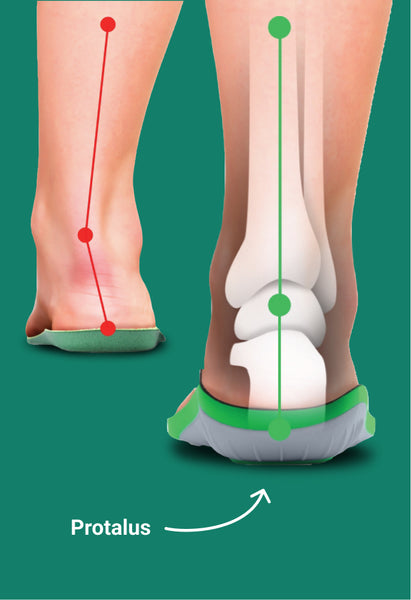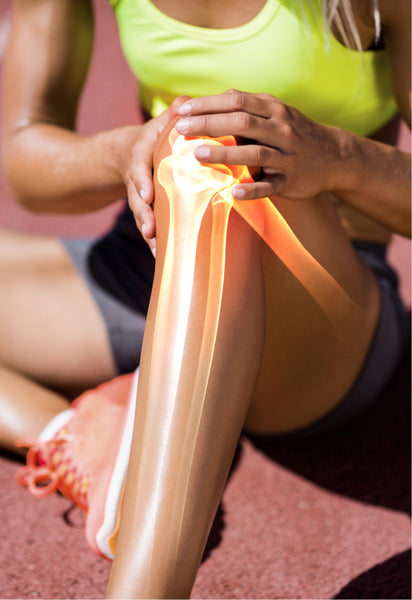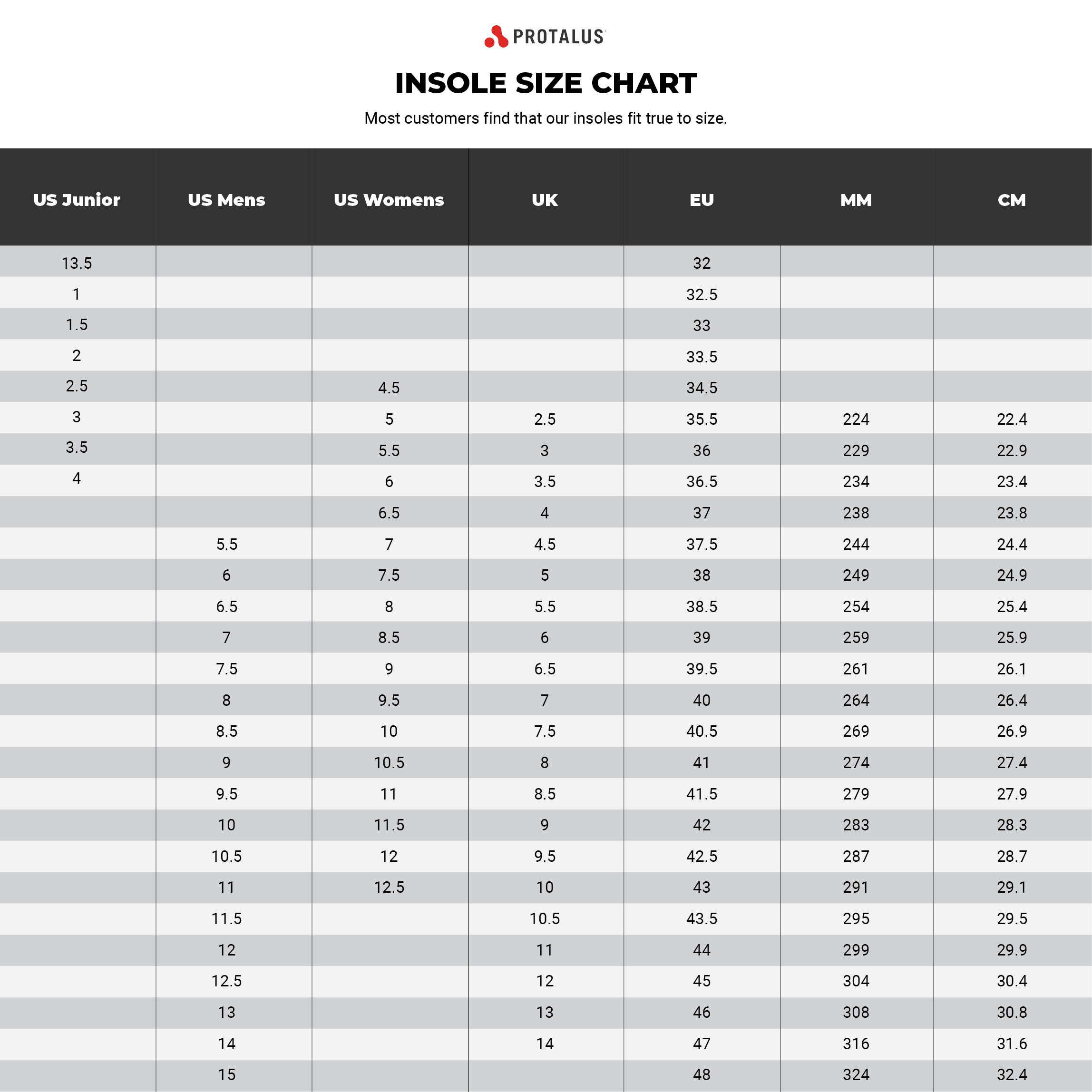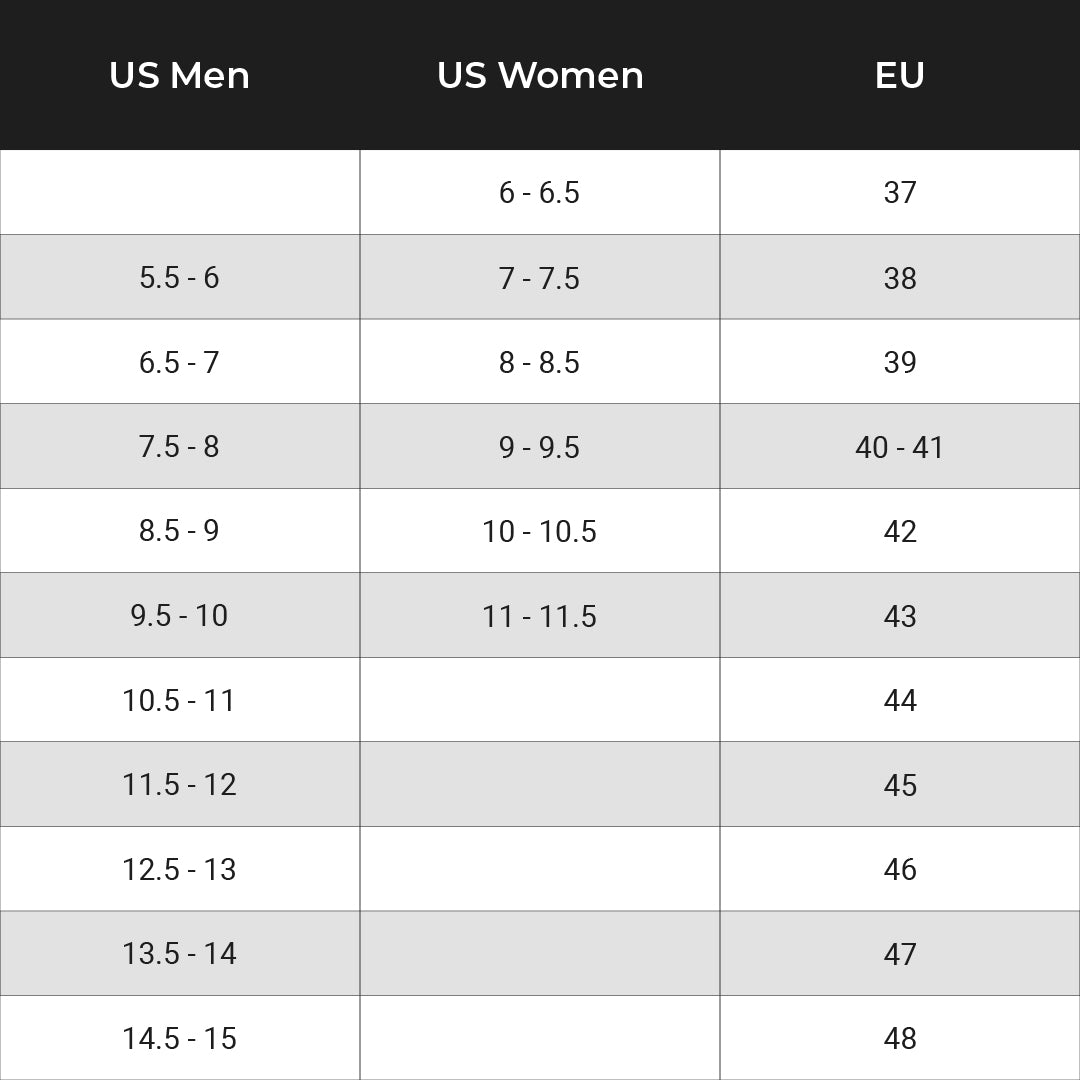What is Metatarsalgia and how is it treated?
Pain in the ball of the foot, which is the spot between the toes and the arch, can be a symptom of metatarsalgia. Its name stems from the five metatarsal bones in the midsection of the feet that connect to the toes. These bones are designed to equally share the weight of walking and daily activities. When their delicate balance is disrupted, metatarsalgia occurs.
Metatarsalgia pain is usually a sharp, aching feeling that is exacerbated by standing, walking, running, and flexing the feet. Walking barefoot on a hard surface is particularly harmful for the condition. In more severe cases, people can experience shooting pain, numbness, or tingling in the toes. Some people compare the pain to having a pebble caught in their shoe. More often than not, it develops gradually over a matter of months as opposed to during one sudden incident. It can sometimes be confused with bursitis, an inflammatory condition which commonly affects athletes of high-impact sports, which also causes pain in the ball of the foot. Of course, it is important to distinguish this general advice from professional medical advice. Anyone concerned about pain and the appropriate treatment should contact their doctor.

While anyone can develop metatarsalgia, the most common cause is overuse associated with high-impact activities such as running and jumping. Wearing high heels or shoes that either don’t fit or that have spikes (such as cleats) don’t help either. If the metatarsalgia is being caused by ill-fitting shoes, it can help to look for footwear that equally distributes pressure across the foot as opposed to concentrating it in the foot’s toes and ball. Other risk factors include feet that roll inwards as someone stands, walks or runs; excessively high arches or overly flat fleet; arthritis or other diseases; obesity; transitioning too fast from an overly cushioned shoe to a more basic and less supportive one; poor ankle mobility; weak foot muscles, particularly those that support the arch of the foot; and prominent metatarsal heads.

When choosing how to treat metatarsalgia, consult a physical therapist or doctor. They can tailor a recovery and exercise regime to suit individual needs. However, there is some general advice that can be followed. Resting is key. Anti-inflammatory medication and icing can help ease the pain. A gentle stretching routine can also re-strengthen key muscles. Crucial areas to focus on when stretching include calf muscles, Achilles tendons, ankles, and toes. A metatarsalgia massage can also help relieve swelling pressure, increase circulation, and minimize pain and discomfort. In the most severe circumstances, and when less invasive methods don’t work, surgical correction may be considered.
Many cases of metatarsalgia do not cause further issues and can be treated effectively when identified and treated early. But if it is left untreated or professional medical advice is not sought and followed, it can cause pain in other parts of the same or other foot or even elsewhere in the body (such as the low back or hip) due to limping from the original foot pain.
Recommended Posts
Saying Goodbye to Leg and Foot Pain: The Power of Insoles
by Scott Anderson • September 16, 2021Kick leg and foot pain to the curb with the proper shoe insoles! Discover relief now!
How Plantar Fasciitis Sufferers Find Comfort with Insoles
by Scott Anderson • September 16, 2021Say goodbye to leg & foot pain! Insoles like Protalus T-100 offer relief, support & comfort.
Flat Feet: What It Really Means for Your Feet and Body
by Scott Anderson • September 16, 2021Flat feet? Discover the challenges and relief with Protalus insoles! Say goodbye to pain, improve stability, and boost performance. Read more!















